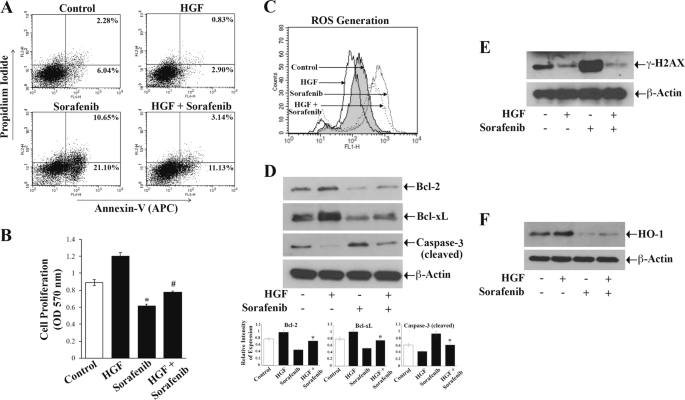Abstract
Aims
Soil heterogeneity is a primary mechanism explaining plant species diversity. Yet, controlled experiments yield inconsistent soil heterogeneity-diversity (SHD) relationships, ranging from positive, neutral to negative.
Methods
Here we investigated the SHD relationship by experimentally alternating nutrient-rich and nutrient-poor substrate in three dimensions, creating four levels of soil configurational heterogeneity (cell sizes 0, 12, 24 and 48 cm). Across each mesocosm, a mixture of species with high and low nitrogen requirements was evenly sown.
Results
Contrary to earlier experimental findings, this approach yielded a unimodal SHD relationship, peaking at cell size 12 cm. This pattern originated mainly from increased plant diversity of species with high nitrogen requirement. Diversity increases with configurational heterogeneity were not due to greater variation in light niches, and diversity decreases were not due to success of fast growing species. Strikingly, plant density increased monotonically with increasing configurational heterogeneity, indicating that not only more species but also more individuals could coexist.
Conclusions
This study provides experimental evidence for unimodal SHD curves in plant communities, which has hitherto only been predicted by models. Our results carry a striking similarity with other unimodal response patterns of plant species diversity, notably in diversity–disturbance and diversity–productivity relationships.
from Energy Ecology Environment Ambio via Terpsi Hori on Inoreader http://bit.ly/2Ft7itm














